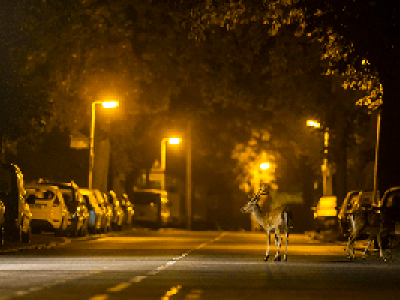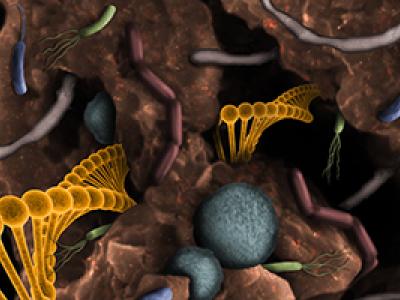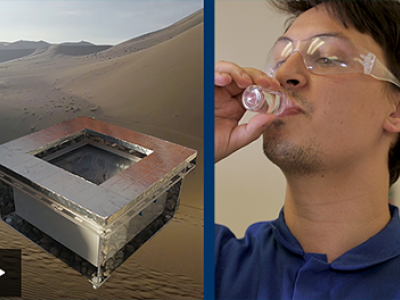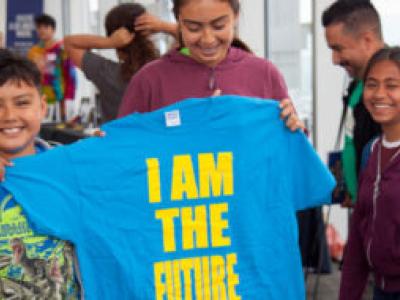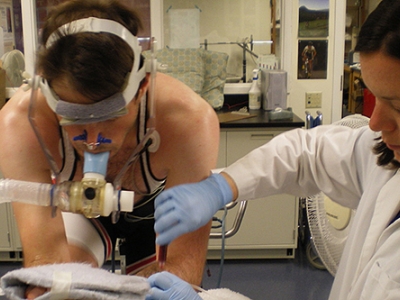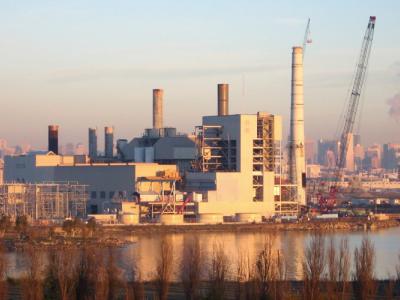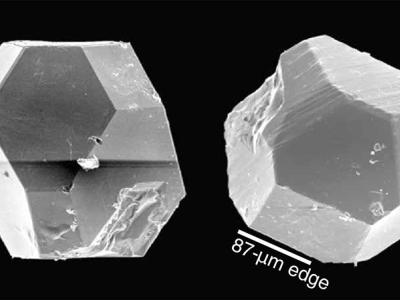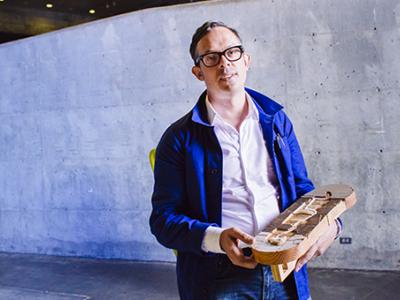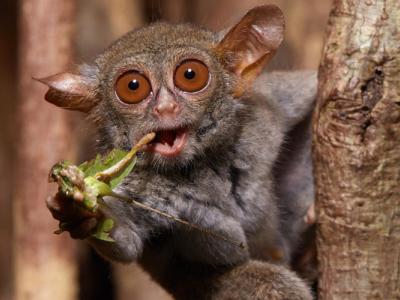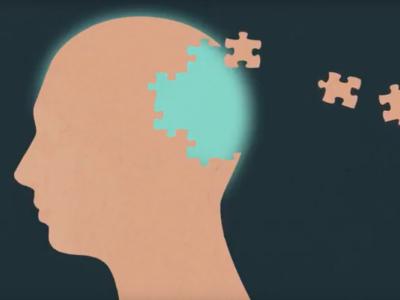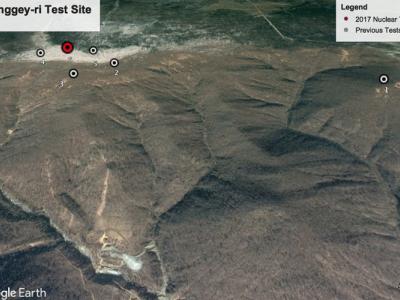In a region of India with a long history of tension between Hindus and Muslims, children of different faiths are showing unexpected tolerance for one another’s religious beliefs and customs.
Research News
Learn more about UC Berkeley's researchers and innovators.
Showing 1825 - 1840 of 3515 Results
Human disturbance is creating a more nocturnal natural world.
Soil microbes produce many types of chemicals that could be turned into antibiotics, drugs or industrial chemicals.
UC Berkeley scientist demonstrated that their device can collect drinkable water from the air each day/night cycle.
New study finds that education officials in Los Angeles fail to equitably fund schools hindered by poverty, stalling efforts to close achievement gaps.
NASA’s Ionospheric Connection Explorer (ICON) is charged with the task to measure the winds of ionized atoms at the edge of space and determine how they are impacted by atmospheric weather, in particular seasonal monsoons in the tropics.
The Karuk Tribe once lived on more than a million acres in remote Northern California, but their food system had been broken almost overnight, and has yet to recover. Jennifer Sowerwine believes it still can be.
George Brooks, who discovered the key role lactate plays during exercise, says that it also plays a vital role in recovery from disease
Shuttering coal- and oil-fired power plants lowers the rate of preterm births in neighboring communities and improves fertility, according to two new University of California, Berkeley, studies.
Hippopotamus are a major tourist draw to African watering holes, but their bountiful poop is increasingly fouling African rivers and lakes during the dry season, killing off fish and other aquatic life. And human activity is making it worse.
Diamond tech could lead to low-cost medical imaging tools
More than 1,500 abandoned parcels of land lie scattered throughout San Francisco, from unused alleys to vacant parking lots and public easements. The combined area rivals the size of Golden Gate Park. By integrating the potent tools of digital mapping with digital design technology used in architecture and engineering, Nicholas de Monchaux has created a new way to envision these many unused and underused sites together.
People who advocate adding insects to the human diet may be channeling their distant ancestors.
Alzheimer’s disease develops when proteins in the brain form abnormal tangles, and a key player is tau protein, which normally stabilizes the cytoskeleton of neurons.
Lin He’s lab uses CRISPR technology to study how different genetic elements in a mouse embryo’s cell nucleus – genes that encode proteins, functional RNAs, and repetitive sequences – interact to assure normal development or trigger cancer.
As North Korea’s president pledges to “denuclearize” the Korean peninsula, an international team of scientists is publishing the most detailed view yet of the site of the country’s latest and largest underground nuclear test on Sept. 3, 2017.


